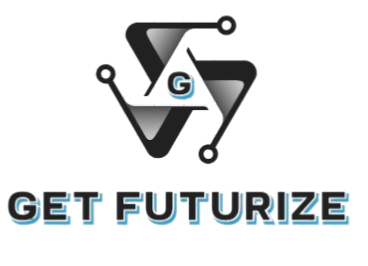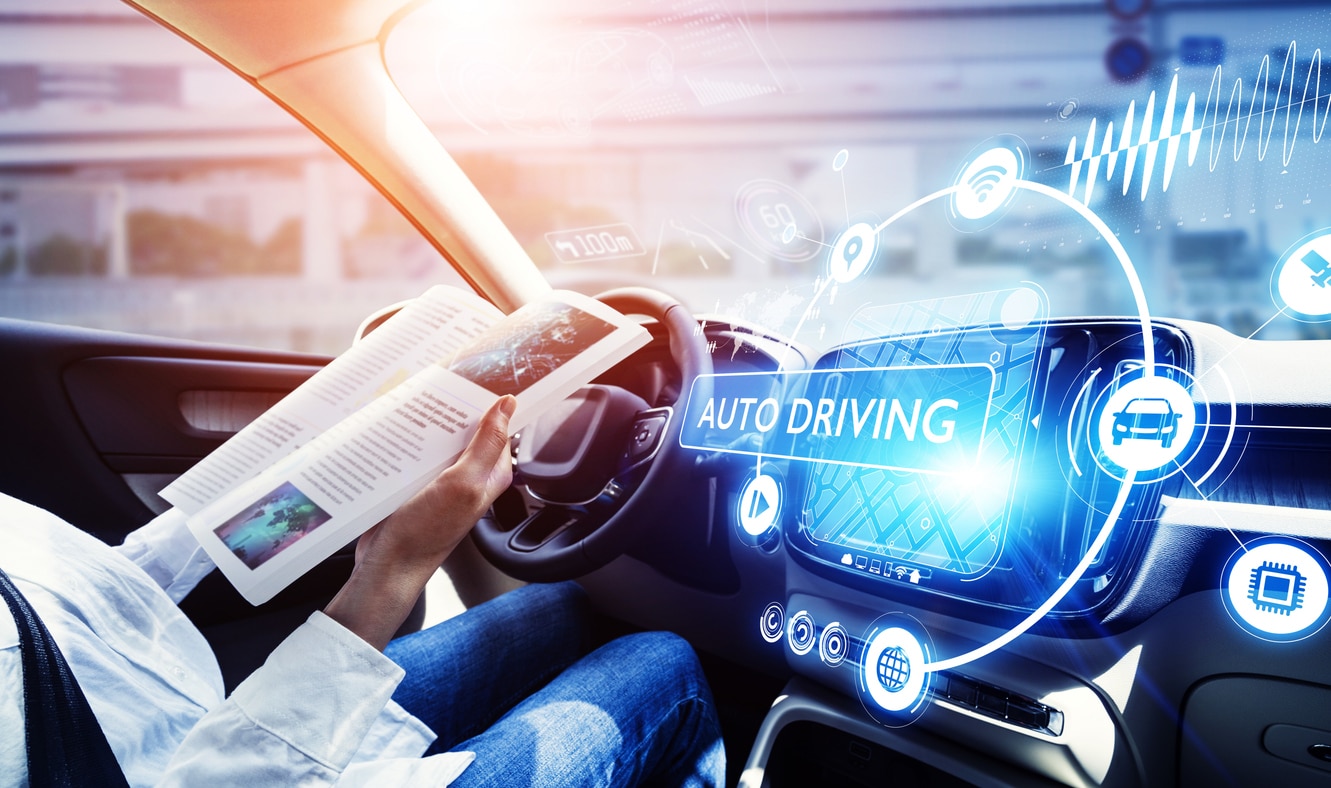Automotive Software Development: These are revolutionary times when technology outruns its ability to keep up and the automotive industry stands on the precipice of a revolution as revolutionary as the invention of the automobile. Automotive software has become a fundamental component of this evolution, ranging from the still not popular ADAS to fully autonomous vehicles. In moving forward we should think about the numerous different aspects of automotive software development, their issues and how software can make us rethink the way we relate to ourselves during mobility.
Table of Contents
The Role of Software in Modern Vehicles
Modern vehicles are systems, not machines, and now incorporate a large amount of software. On today’s modern cars, millions of lines of code drive everything from engine performance to infotainment systems. Software enables critical functionalities, such as:
- Safety Features: But these are harder because algorithms and sensor integration are needed for lane keeping assist, adaptive cruise control and automatic emergency braking. These kinds of safety features are becoming the norm for new cars, and are helping to improve safety.
- Connectivity:And now that the Internet of Things (IoT) activity is underway, vehicles are making it to the market with connectivity that allows them the ability to communicate with other vehicles and infrastructure. Room is made for smart traffic management and smarter navigation systems.
- Infotainment Systems:Drivers of many modern cars have control of powerful infotainment systems, to navigate, listen to music, and communicate. They use user friendly interfaces along with continuous updates to provide better user experience.
- Autonomous Driving: The holy grail of automotive technology is fully autonomous vehicles, and they need complex software systems that ingest massive amounts of data and run them in real time. It also comprises cameras, radar, and lidar which together observe the surrounding vehicle environment.
The Software Development Lifecycle
Automotive software development follows a structured lifecycle, akin to other software development processes but with its unique challenges. The key phases include:
- Requirement Analysis: First know what features and functionalities you need. Automotive engineers, software developers and stakeholders as a whole.
- Design: This phase involves figuring out the way that your software should be. First, you specify system architecture, think over which elements of which interfaces should communicate with each other and how to design a user interface.
- Implementation: Work follows the design specs. Because of the complexity of automotive systems, it can be a very expensive and time consuming process.
- Testing:There is no room for leniency with regards to testing automotive software development. Unit test, integration test and system test to make sure that the component fits the job, it is safe and works the way it should.
- Deployment: Finished, the software is put on vehicles. And it’s all so precise it’s down to the minute, and if you do anything wrong it could be disastrous.
- Maintenance and Updates:The software once deployed has to be monitored and updated and bugs fixed, or the software improved in performance, or a new feature added after every release.
Challenges in Automotive Software Development
While the possibilities are vast, automotive software development is not without its challenges:
- Safety and Compliance: The automotive industry is very strict regarding safety. Sometimes assuring compliance requires a fine line between innovation. Various standards exist, such as ISO 26262 that specify standards for automotive system development.
- Integration with Hardware: Close integration of the vehicle’s hardware is required and software must create a final, useful product. This essentially requires that hardware and software engineers work closely together to ensure that hardware and software work together and properly.
- Cybersecurity: But as vehicles get more connected they become cyber attack targets. To protect the vehicle and its occupants, it must be a priority to prevent disputes between the GDPH or PDRA, and candidates seeking public office.
- Complexity of Systems: Modern vehicles contain numerous interconnected systems, making debugging and troubleshooting particularly challenging. The complexity of these systems requires sophisticated tools and methods to ensure reliability.
- Rapid Technological Change: The pace of technological advancement means that automotive software must continuously evolve. Staying ahead of the curve requires agility and a willingness to adapt.
The Future of Automotive Software Development
Automotive software development is bright and has a future. As we look ahead, several trends are poised to shape the industry:
- Artificial Intelligence (AI): You will probably see big things happen in automotive software with AI, like autonomous driving and predictive maintenance. AI delivers on its promise to make decisions in real-time, and can therefore enhance safety and efficiency, but by looking at big sets of data, vehicles can help do so.
- Over-the-Air (OTA) Updates:In other words, cars will also be updated with software remotely, just as phones are. And fixing bugs or adding more features to this interface will all improve the user experience without putting that burden on the dealer to maintain either.
- Electrification: That then becomes an EV, so it’s going to be much more energy management, battery performance driven and tuning up the charging processes, so for a bigger vehicle, for example, it’s more efficient to plug in every night versus constantly topping up. An EV will rely heavily on software to give us the most as a vehicle.
- User-Centric Design: And the less and less procrastinating consumers will reach wider and wider user unfriendly interface will be more appealing. The workhorse that powers much of our present will become automotive software: But for user experience, it will have to cede control of the very reigns to the hands of users themselves, importantly, mechanically and via devices.
- Collaboration Across Industries:While the future of the automotive industry is becoming more and more digital, the relevant question is pinning down what constitutes the limits. As they begin to work with new technologies, automotive manufacturers, tech companies and regulators will all have to work together.
Conclusion
As automotive software development continues to rapidly grow and change the future of commercial transportation, so too will the way in which we drive. The reason is that due to Advanced Technologies and increased Connectivity, software will increasingly play an increasingly important role as an enabler of that future. The automotive industry will proceed on the path of safer driving, economical and an enjoyable driving experience when able to adopt innovation and surmount obstacles that face them.

